Tamil Food: Basic Overview
Common Ingredients
Common Cooking Methods
Courses
Meals
Key Taste
Eating Etiquette
Meal Presentation
Culinary Festivals
Influence and Fusion
Popular Types of Tamil Food
-
Rice dishes
In Tamil cuisine, rice dishes are staple and versatile, ranging from simple steamed rice to flavorful preparations.
They often serve as the main course, complemented by various curries and side dishes.
-
Curries
Tamil curries are rich and aromatic, characterized by their use of freshly ground spices and coconut.
These dishes offer deep flavors that are both spicy and complex.
-
Snacks
Tamil snacks are immensely popular for their crisp textures and savory tastes.
These snacks are often enjoyed with tea or as a part of street food culture.
-
Pancakes
Tamil pancakes are beloved for their versatility and range from crispy and thin to soft and thick.
These are served with a variety of side dishes.
-
Desserts
Desserts in Tamil cuisine are sweet and comforting, often made with rice, milk, and jaggery. These desserts are a treat to the palate, especially at cultural festivals and celebrations.
Tamil dishes are culinary specialties of the Tamil people, originating from the southern Indian state of Tamil Nadu and parts of Sri Lanka. These dishes are often among the best South Indian food offerings and Sri Lankan specialties.
Tamil cuisine is distinguished by its extensive use of rice, legumes, lentils, and robust spices, while sourness is often introduced through the use of dairy products and tamarind. Traditionally, meals are served on banana leaves.
Breakfast typically features light, fermented rice-based items, while lunch revolves around rice, a range of stews, and curd. On special occasions, a traditional feast known as “Virundhu” showcases the essence of Tamil cuisine with an assortment of dishes.
The cuisine varies significantly across Tamil Nadu, with each region offering its own twist on common dishes.
From the fiery Chettinad cuisine, renowned for its use of fresh ground masalas, to the Kongu Nadu recipes that heavily feature coconut and onions, Tamil cuisine presents a broad spectrum of flavors and ingredients.
Additionally, you should not miss the opportunity to learn more about the regional cuisines available in the Tamil Nadu region.
26 Popular Tamil Dishes
Explore the many dishes that the Tamil Nadu region has, with various helpful filter options for you to learn about, including alphabetical order, taste, ingredients used, cooking methods, dish types, and global distribution.
Furthermore, there are some dish categories that you should be aware of when it comes to Tamil culinary creations, featuring the most popular picks, traditional, and street food dishes.
Sambar
- Traditional
Sambar is a slow-cooked dish with a nutty and savory flavor from lentils, tamarind broth, and other ingredients, often called kuzhambu in Tamil Nadu. Ideally, sambar goes great with idli, dosa, flatbread, or rice to complement its flavor. The dish is often a side dish or an excellent breakfast in India.
Upma
- Traditional
Upma is a traditional dish from Tamil Nadu, India, that is made with dry-roasted semolina or rice flour cooked into a thick porridge. It is usually served hot for breakfast, with various nuts, beans, and spices added to enhance its flavor.
Depending on each area, people will add plenty of vegetables while making Upma. Aside from semolina and rice flour, the population even employs elements like whole wheat, rice, corn, and vermicelli.
Thanks to the thick texture, upma holds its shape relatively well, often packed into a bowl before being served upside down. Alternatively, upma made using broken rice or corn is not served packed together.
Chicken Chettinad
- Traditional
Chicken Chettinad is a spicy chicken curry coming from the Chettinad region of Tamil Nadu, India. It is one of the most popular dishes of Chettinad cuisine, which is known for its use of freshly roasted and ground spices, herbs, and coconut.
Made by marinating chicken pieces, people will cook the protein in a rich and aromatic gravy and serve it hot with coriander leaves, boiled rice, or paratha (a type of flatbread).
Pongal
- Traditional
Pongal, also known as huggi, is a traditional rice dish in Tamil that is often featured in the Pongal festival (a harvest festival in the Tamil community). Pongal means “bubbling up”, describing the dish when it is nearly done.
The dish has four variants, including sakkarai pongal with jaggery, kozhi pongal with chicken and spices, venn pongal with butter in its ingredients profile, and sanyasi pongal made using vegetables.
During the Pongal festival, the sweet version appeared more frequently. The delicious pongal is a perfect breakfast when served with chutney for vada (a fried snack in India).
Rasam
- Traditional
Rasam is a spicy and sour soup-like dish from Tamil, usually served as a side dish with rice or as a soup on its own. The soup features a tart base of tamarind, kokum, or other souring agents, and tomatoes, along with lentils or dal (optional).
The dish is usually served with a veggie or sambar rice dish. Rasam is also popular in other South Indian states, as well as in Sri Lanka and among the Anglo-Indian community.
Karuveppilai Sadam
- Traditional
Karuveppilai sadam is a special way to cook rice in Tamil, combining curry leaves with the cooking process for a beautiful color and flavor.
Ideally, the curry leaves are roasted until crisp and impart a distinct aroma and taste to the rice. It is often served with raita (a yogurt-based condiment) or other dishes.
Madras Curry
- Traditional
Madras curry is a spicy and sour curry with an orange color and is made with heavy use of chili powder. It is often served with raita, a yogurt-based condiment, as an accompaniment to the dish.
Coming from Madras City in Southern India, the sourness of this curry comes from the addition of lemon, lime, and vinegar. For serving, rice is a common sight to be the base for Madras curry or with naan flatbread.
Koozh
- Street Food
Koozh is a millet porridge of Tamil cuisine, often served as a breakfast in Tamil for its excellent flavor. Cumbu or kezhvaragu flour (a type of millet) with broken rice are the main ingredients for koozh.
Usually sold as a street food item across the country, people usually make koozh in large quantities and serve it in smaller containers. If Koozh goes through a fermenting process, it will have a beautiful tangy flavor.
Green chilies, red pepper, and mango are some outstanding pairings for koozh.
Koottu
- Traditional
Koottu is another South India-origin food, particularly in Tamil and Kerala cuisines. The name “Koottu” is derived from the Tamil word, which means “add” or “mixture”.
As a semi-solid stew, the dish brings together a combination of lentils and vegetables, comprising lentils and urad dal. To enhance the flavor, other ingredients like green chilies, coconut, pepper, and jeera are added to the dish.
The stew has nutty and pretty complex flavors due to the combination of various ingredients. Regarding the texture, this stew is cooked until it reaches a thick consistency for enjoying as a side dish with rice.
Poriyal
- Traditional
Poriyal is a stir-fried dish across South India for its delicious flavors. The word “poriyal” refers to the cooking involved in making the dish, with the verb “pori” meaning stir-frying in a hot wok with a small amount of hot oil.
The main ingredients in poriyal typically include vegetables, such as cabbage, beans, carrots, or okra. As a result, you will have a simple yet flavorful specialty with a slightly crisp texture.
Serve them as accompaniments to South Indian main courses, poriyal goes great with rice or curries. In Tamil Nadu, the stir-fries even come with shredded coconut for an added flavor.
Kheer
- Traditional
Kheer, also known as payasam or payesh, is a creamy and sweet pudding or porridge created in the Jagannath Temple in Odisha about 2000 years ago. It is made by boiling milk, sugar or jaggery, and rice.
The treat is also flavored with dried fruits, nuts, cardamom, and saffron. It is also known as payasam or payesh in different regions of the Indian subcontinent and is a popular and festive dish that is enjoyed as a dessert or breakfast.
The dish was a staple Hindu temple food that was served as prasada to devotees and was first mentioned in ancient Indian literature.
Puttu
- Traditional
Puttu is a dessert with a tube-like shape and a white color made from coconut shavings and rice. The dish boasts a sweet or savory flavor, depending on your preference.
Traditionally, puttu is perfect to pair with grated coconut and jaggery. Sometimes in Tamil Nadu, people add some sweetened coconut milk to enrich the dessert.
Besides rice, people can use other grains to make this dessert, like wheat flour, tapioca, cornflour, or ragi (finger millet). Besides the tube shape, you will find puttu in a ball shape, too, called “Manipputtu”.
Dosa
- Street Food
- Traditional
Dosa, or dosai in Tamil, is a special crepe-like course in South India, possessing a thin structure and a pleasant flavor. This pancake comes with a crunchy texture and is made using ground rice and a urad dal (split black gram) batter.
The batter combination will be fermented, then spread thinly on a hot pan, and cooked until crispy. Some popular dosa versions in Tamil include ghee roast, kari dosai, adai dosa, and muttai dosai.
Tamil people often serve dosa lying on a plate or forming a conical shape. Sambar and chutney are some everyday pairings to boost the flavor of this lovely treat.
Uttapam
- Traditional
Uttapam is a type of Tamil dosa that differs in texture and preparation. While dosas are typically thin and crisp, resembling crepes, uttapams are thicker and feature various toppings.
This crunchy treat includes rice and lentils, which are soaked, ground, and fermented to prepare the batter. Toppings for uttapam often consist of vegetables like tomatoes, carrots, or more.
Furthermore, uttapam has a soft texture, resulting from the thickness of the batter and the slow frying process. Besides being an ideal breakfast, uttapam can be served for lunch or dinner.
Idli
- Traditional
Idli is a traditional steamed rice cake seasoned with a savory taste coming from the Southern region of India. The batter of this cake includes two main ingredients of rice and fermented black lentils.
The most famous variant of Idli is Rava Idli, which features a beautiful aroma from semolina. People usually serve idli hot with savory condiments like sambar or chutney.
Kozhukkatta
- Traditional
Kozhukatta is a steamed dumpling of rice flour, having a sweet or savory filling of coconut, jaggery, or chakkavaratti (jackfruit jam). As a traditional and religious dish in Tamil Nadu, these dumplings are favorite offerings on Vinayaka Chathurthi and Oshana Sunday.
To add to that, kozhukkatta is often related to Ganesha, the Hindu God. As a snack, the dumplings are perfect for pairing with tea or coffee.
Aside from the regular size kozhukkatta, Indians have smaller versions called pillai kozhukkatttai, a treat representing fertility and plump health.
Idiyappam
- Traditional
Idiyappam is a South Indian dish with a noodle-like appearance and plain flavor, as it mainly consists of rice flour. Traditionally, street food vendors serve idiyappam with desiccated coconut and sugar blocks.
These noodles are often placed into a flat-disc shape for steaming. Often, the Tamil population makes this noodle via a sieve (often a rattan basket with holes).
They press the dough through this extraordinary tool to achieve beautiful noodles. Then, people will steam the noodles in this basket before serving it with curry or other watery dishes.
Opputtu
- Traditional
Opputtu is the Tamil Naud calling of “puran poli”, a pancake made out of wheat flour, jaggery, and ghee.
On festival occasions like Bogi and Avani Avittam, you will find locals making this pancake everywhere to pair with payasam in a sadhya eating tradition. On the streets of Tamil Nadu, hawkers sell opputtu with all sources of toppings from fruity to savory options.
Pulihora
- Traditional
Pulihora is a type of rice dish flavored with tamarind, turmeric, and other spices. The specialty is also known by different names in other South Indian regions, such as puliyodarai, puliyogare, or kokum rice.
In Tamil, the word pulihora means “sour rice” referring to the tangy taste of the dish. The pulihora is often prepared for festivals and religious ceremonies, as it is considered a sacred food offering (prasadam) in many temples.
Samosa
- Street Food
Samosa is a South Asian-style filled pastry that is fried or baked. Also known as “singara,” samosa comes in various shapes, such as triangular, cone, or half-moon, depending on the region.
This crunchy pastry is popular street food for all ages, with fillings ranging from spiced potatoes and onions to peas. As for the outer pastry, it is made from flour, water, and sometimes, ghee or oil.
In Tamil Nadu, the samosas are shaped differently while also requiring a unique pastry style. For serving, chutney is a popular pick for Tamil people to enjoy samosa.
Chutney
- Traditional
Chutney is a unique condiment that comes in various flavors, textures, and ingredients. This sauce, of course, has a version that follows Tamil Nadu style with a spectacular flavor and a beautiful thick texture.
In Tamil, you will find the two most common chutney versions with slightly different flavors. Kara chutney has a piquant flavor and a beautiful reddish-orange color. Coconut chutney, on the other hand, has a gentle flavor with a splendid white color.
Chutney is a typical side dish for dosa or idli to flavor these plain dishes with a sophisticated savory taste.
Bonda
- Street Food
Bonda is a deep-fried snack mainly made from potatoes in India. However, the Tamil interpretation of this crunchy treat calls for black gram (ulundu) batter.
The dish was first mentioned in a Sanskrit encyclopedia called ‘Manasollasa’ back in the 12th century. These balls can have a sweet or savory touch, with sweet potato, green peas, and bananas being some tasty fillings.
Murukku
- Traditional
Murukku is a common snack in Tamil Nadu, offering a crunchy and crispy experience. The word ‘Murukku’ means ‘twisted’ in Tamil, which depicts the signature appearance of this pastry.
The light treat is made by deep-frying rice flour or urad dal flour until the dough turns a nice golden color. Murukku gives you a salty and slightly spicy taste but is very catchy; I admit that once you try it, you may be stunned.
The dough is traditionally twisted to create a spiral or coil shape. Tamil people usually make this shape by hand or a special mold.
Medhu Vadai
- Traditional
Medhu vadai is an Indian-version doughnut coming from Southern India and Sri Lanka cuisines from centuries ago.
The dish is generally made with black lentils or as a combination of all-in lentils to enhance the creaminess and nutrition. Locals use the fritter as a handy breakfast with some yogurt or coconut chutney.
Appam
- Traditional
Appam is a type of thin pancake or hopper often found in Tamil Nadu and Kerala. It is made with fermented rice batter and coconut milk and cooked in a special pan called appachatti.
This white pancake has a soft and fluffy center and a crispy edge. It is usually eaten for breakfast or dinner and served with various dishes such as vegetable stew, coconut chutney, or sweetened coconut milk.
Surprisingly, idiyappam is a version of appam when made into noodle form instead of a flat round pancake.
Channa Sundal
- Traditional
Channa sundal is a popular traditional Tamil dish of hummus used especially on the festival of Navratri, which is celebrated in autumn. During this occasion, religious people tend to look for nutritious dishes in the form of this hummus dish.
Interestingly, the famous recipe for the chickpea version of channa sundal originates from the Middle East area, serving as a side dish for rice.
Plus, this vegetarian dish is very nutritious and can provide many vitamins, fibers, and minerals. As a result, these nutrients will help you manage your weight or improve your digestive issues.
What Are the Regional Cuisines of Tamil Nadu?
In Tamil Nadu, there are many regional cuisines in the area possessing different features. Here are some basic notes in each region:
Hey! Feel free to share these Tamil specialties with other people and leave a comment sharing your thoughts. Goodbye and see you next time.

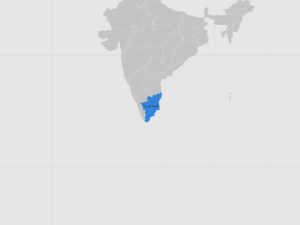
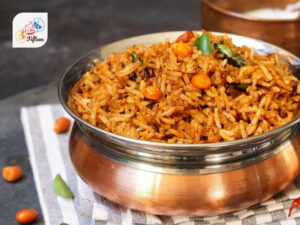
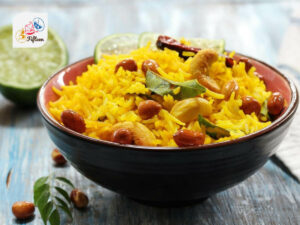
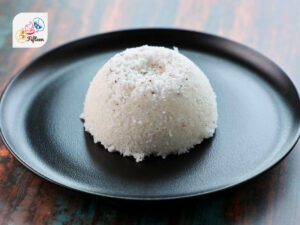
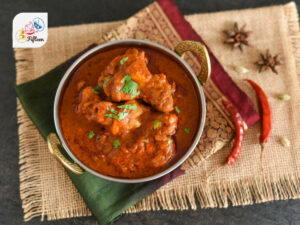
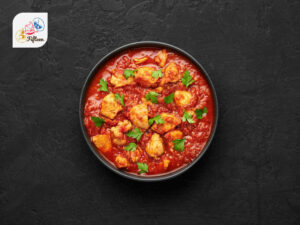
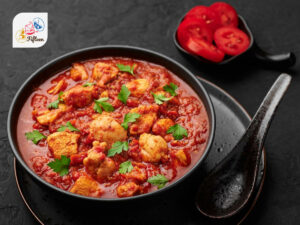
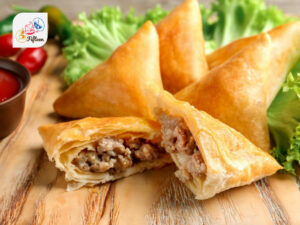
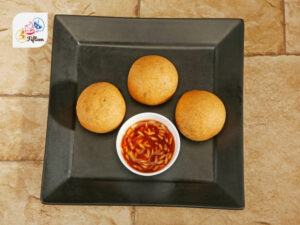
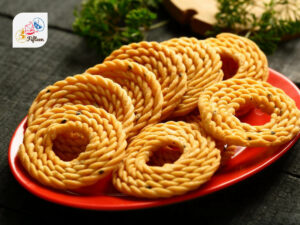
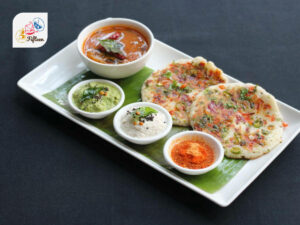
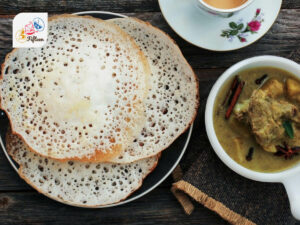
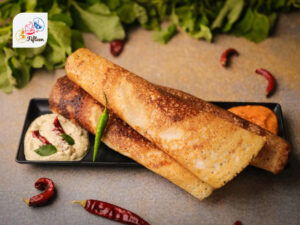
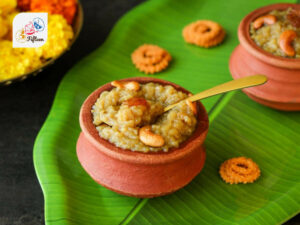
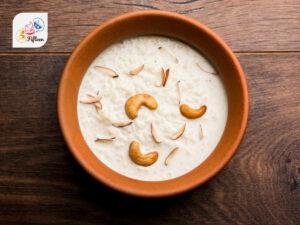
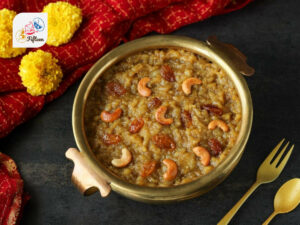
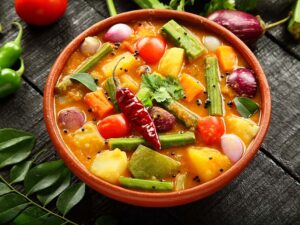
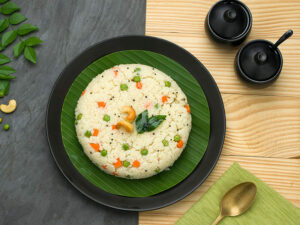
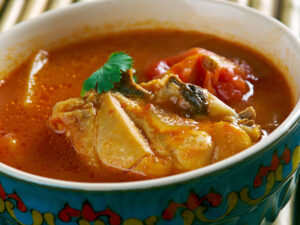
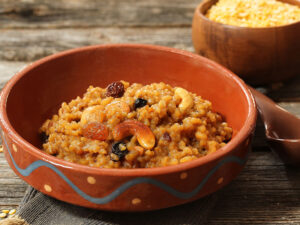
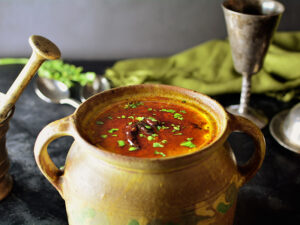
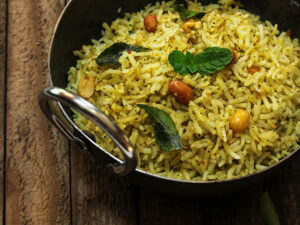
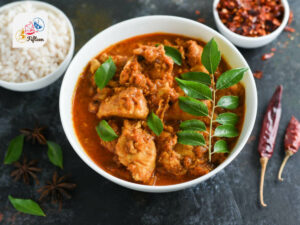
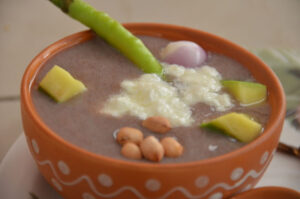
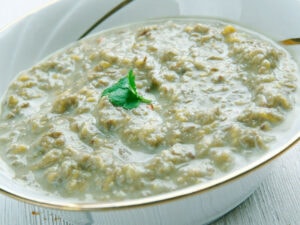
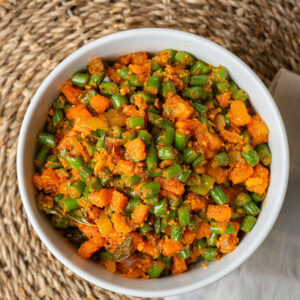
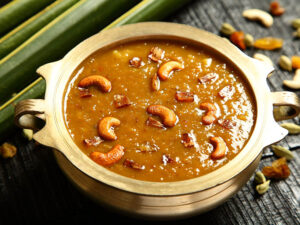
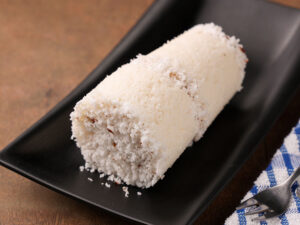
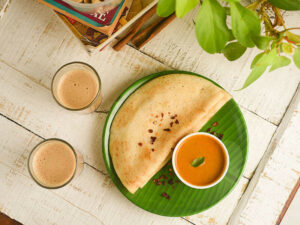
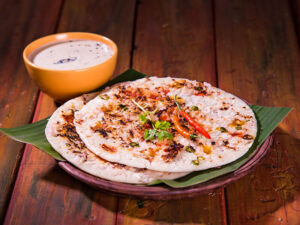
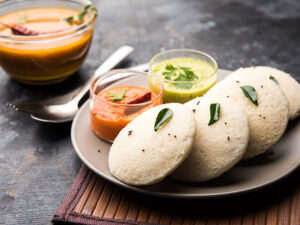
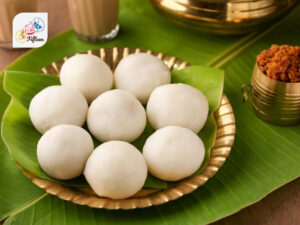
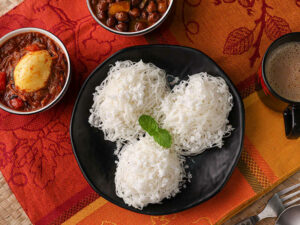
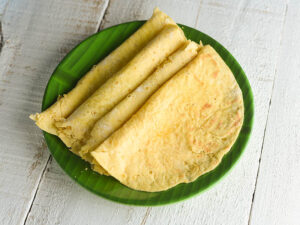
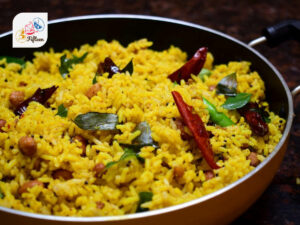
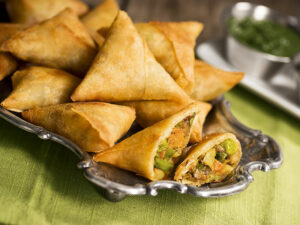
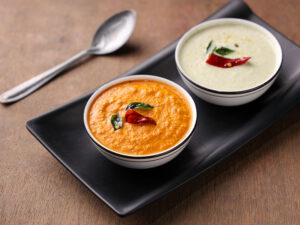
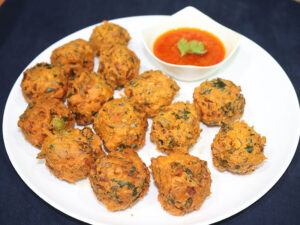
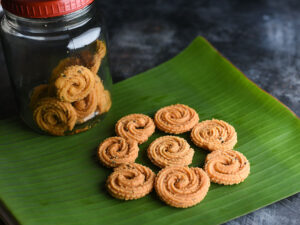
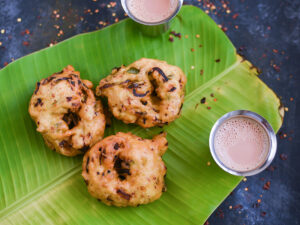
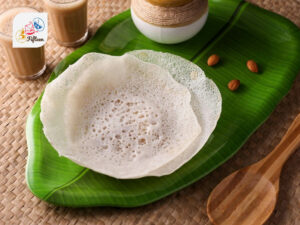
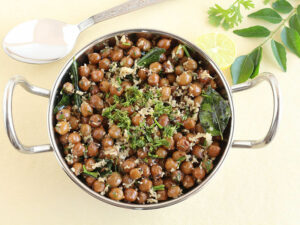
Jamie Scott
Editor in Chief, Senior Content Writer
Expertise
Home Cooking, Meal Planning, Recipe Development, Baking and Pastry, Food Editor, Cooking-video Maker, Western Food Evaluation Expert
Education
Le Cordon Bleu College of Culinary Arts
Local Community College, New York, NY
Jamie Scott is a skilled culinary expert and content creator specializing in Western cuisine. With over 15 years in the culinary field and formal training from Le Cordon Bleu, Paris, Jamie deeply understands how to blend nutrition with delicious flavors. His passion for cooking matches his commitment to making healthy eating accessible and enjoyable.
On Fifteen.net, Jamie brings a fresh perspective to classic dishes and beverages, offering readers insightful recipes, cooking tips, and a fresh view on meal planning that emphasizes taste, health, and simplicity.